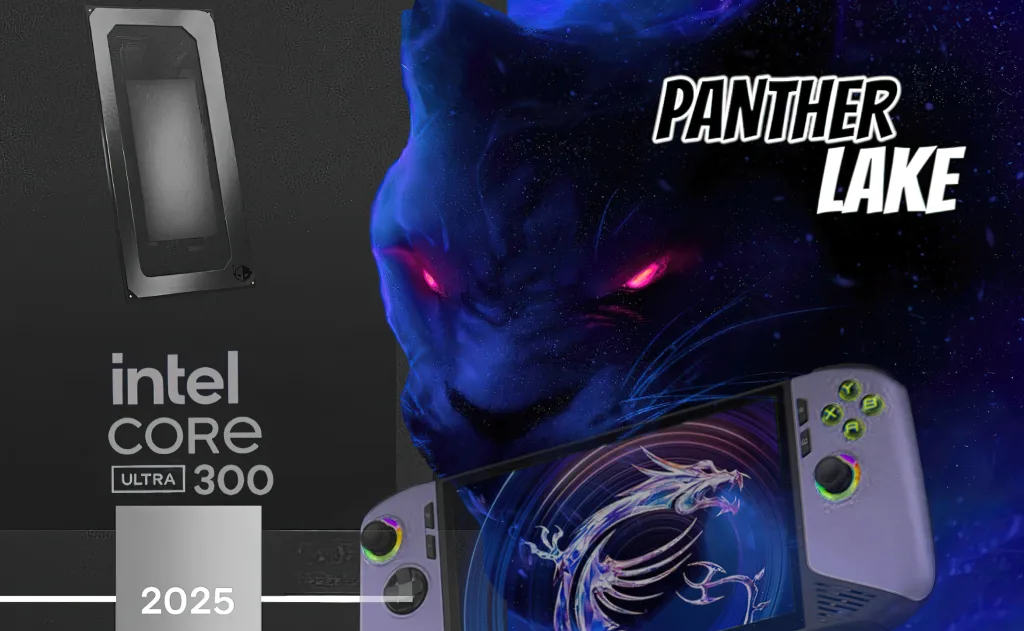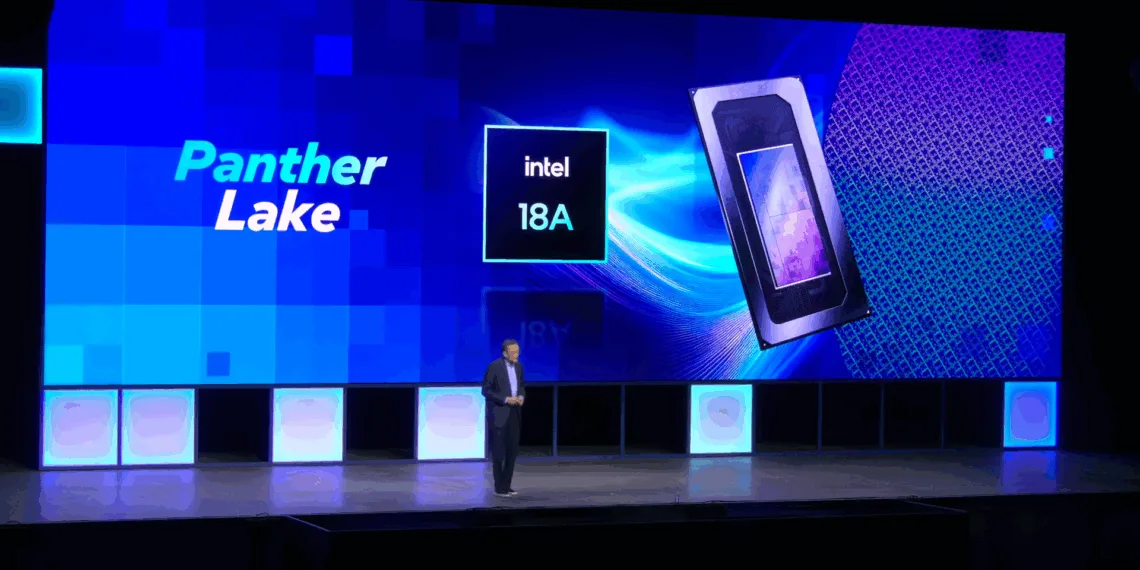Intel’s Panther Lake “Core Ultra 300” CPUs set for 2026 launch. Discover the latest on Intel’s 18A process, AI capabilities, and what it means for the tech world.
Table of Contents

Breaking: Intel’s Panther Lake CPUs Roar into 2026, Shaking Up the Tech World
Are you ready for a seismic shift in the world of computing? Intel, the tech giant that’s been on a rollercoaster ride in recent years, has just dropped a bombshell that’s got the entire industry buzzing. Their highly anticipated Panther Lake “Core Ultra 300” CPUs are officially set for a 2026 launch, and it’s not just another incremental step – it’s a potential game-changer that could rewrite the rules of the semiconductor game.
Panther Lake: Intel’s Secret Weapon Unveiled
Let’s cut to the chase: What exactly is Panther Lake, and why should you care? Here’s the lowdown:
- Cutting-Edge 18A Process: Panther Lake will be built on Intel’s most advanced 18A process node, promising unprecedented performance and efficiency.
- AI Powerhouse: Expect a significant leap in AI capabilities, potentially revolutionizing everything from your laptop to data centers.
- Efficiency Meets Performance: Jim Johnson, Intel’s Senior VP, puts it best: “Panther Lake combines the power efficiency of Lunar Lake, the performance of Arrow Lake, and is built to scale 18A.”
- Mobile-First Design: As part of the Core Ultra series, Panther Lake is set to shake up the mobile computing landscape.

The Road to 2026: Intel’s Ambitious Timeline
Now, you might be wondering, “Why the wait until 2026?” Let’s break down Intel’s roadmap:
| Year | Milestone |
|---|---|
| 2025 (Late) | Limited Early Enablement Program (EEP) |
| 2026 (Q1) | Full launch of Panther Lake CPUs |
| 2026 (Later) | Nova Lake CPUs debut |
Intel’s new CEO, Lip-Bu Tan, is confident in this timeline, stating: “We will further enhance our position in the second half of this year with the launch of Panther Lake, our lead product on Intel 18A, followed by Nova Lake in 2026.”
The Big Picture: Intel’s Comeback Story
Let’s not sugarcoat it – Intel has had a rough few years. But Panther Lake isn’t just a product; it’s a statement of intent, a declaration that Intel is back in the game and playing to win. Here’s why it matters:
- Regaining Leadership: With Panther Lake, Intel aims to leapfrog competitors in the sub-3nm technology race.
- AI Revolution: The enhanced AI capabilities could give Intel a significant edge in the rapidly growing AI PC market.
- Mobile Dominance: As a mobile-first design, Panther Lake could help Intel reclaim lost ground in the laptop and ultrabook segments.
- Foundry Business Boost: Success with 18A could attract major clients to Intel’s foundry services, diversifying its revenue streams.
FAQs: Everything You Need to Know About Intel’s Panther Lake CPUs
When exactly will Panther Lake CPUs be available to consumers?
While a limited Early Enablement Program may start in late 2025, the full consumer launch is set for Q1 2026.
How does Panther Lake compare to current Intel offerings?
Panther Lake is expected to combine the efficiency of Lunar Lake with the performance of Arrow Lake, all built on the advanced 18A process.
Will Panther Lake CPUs be compatible with current motherboards?
As a new generation of CPUs, Panther Lake will likely require new motherboards. However, official compatibility information has not been released yet.
What improvements can we expect in AI performance?
While specific numbers aren’t available, Intel is promising significant advancements in AI capabilities, which could enhance everything from content creation to gaming experiences.
How might Panther Lake impact Intel’s position in the CPU market?
If successful, Panther Lake could help Intel regain its leadership position in CPU manufacturing and performance, potentially shifting market dynamics against competitors like AMD.
The tech world is holding its breath as Intel’s Panther Lake CPUs prowl towards their 2026 debut. Will it be the comeback story of the decade, or another setback for the once-dominant chip maker? One thing’s for sure – the computing landscape is about to get a lot more interesting. Stay tuned, tech enthusiasts – the next chapter in CPU history is being written as we speak!








